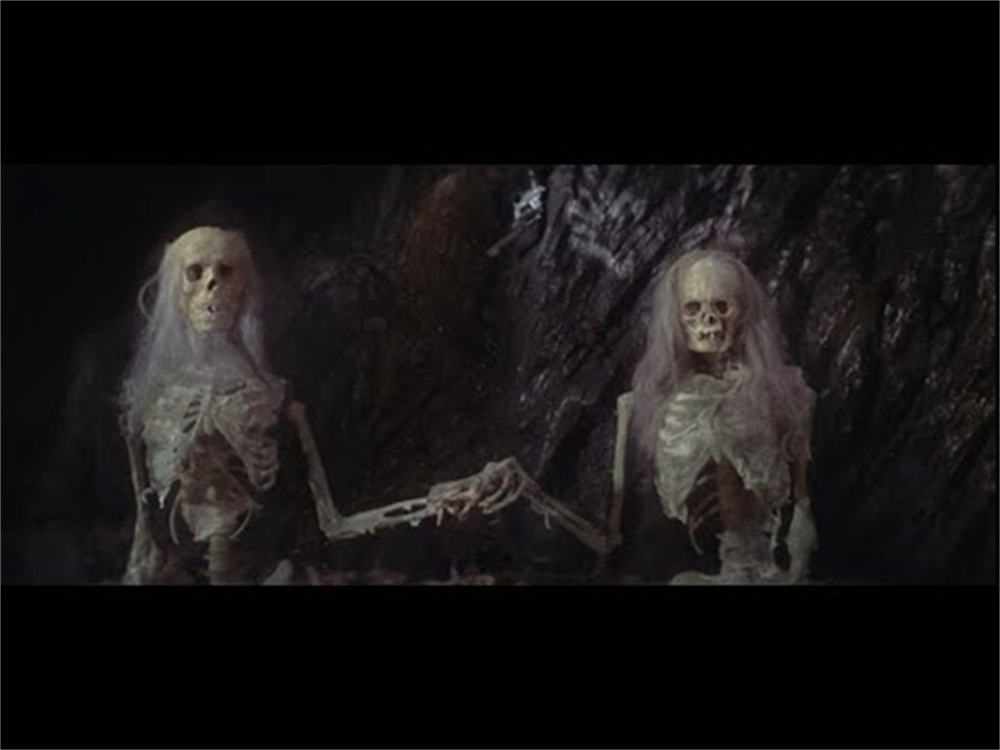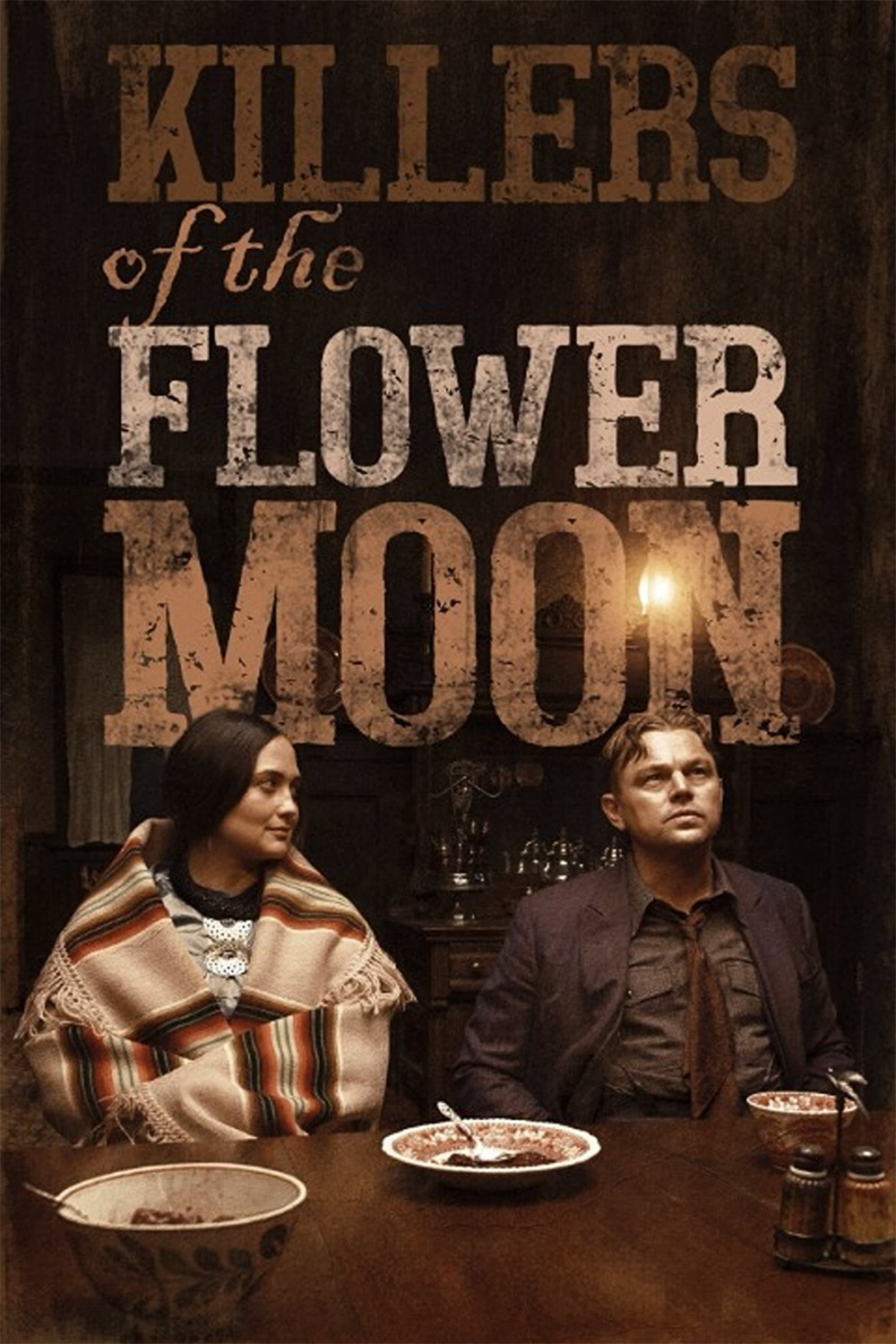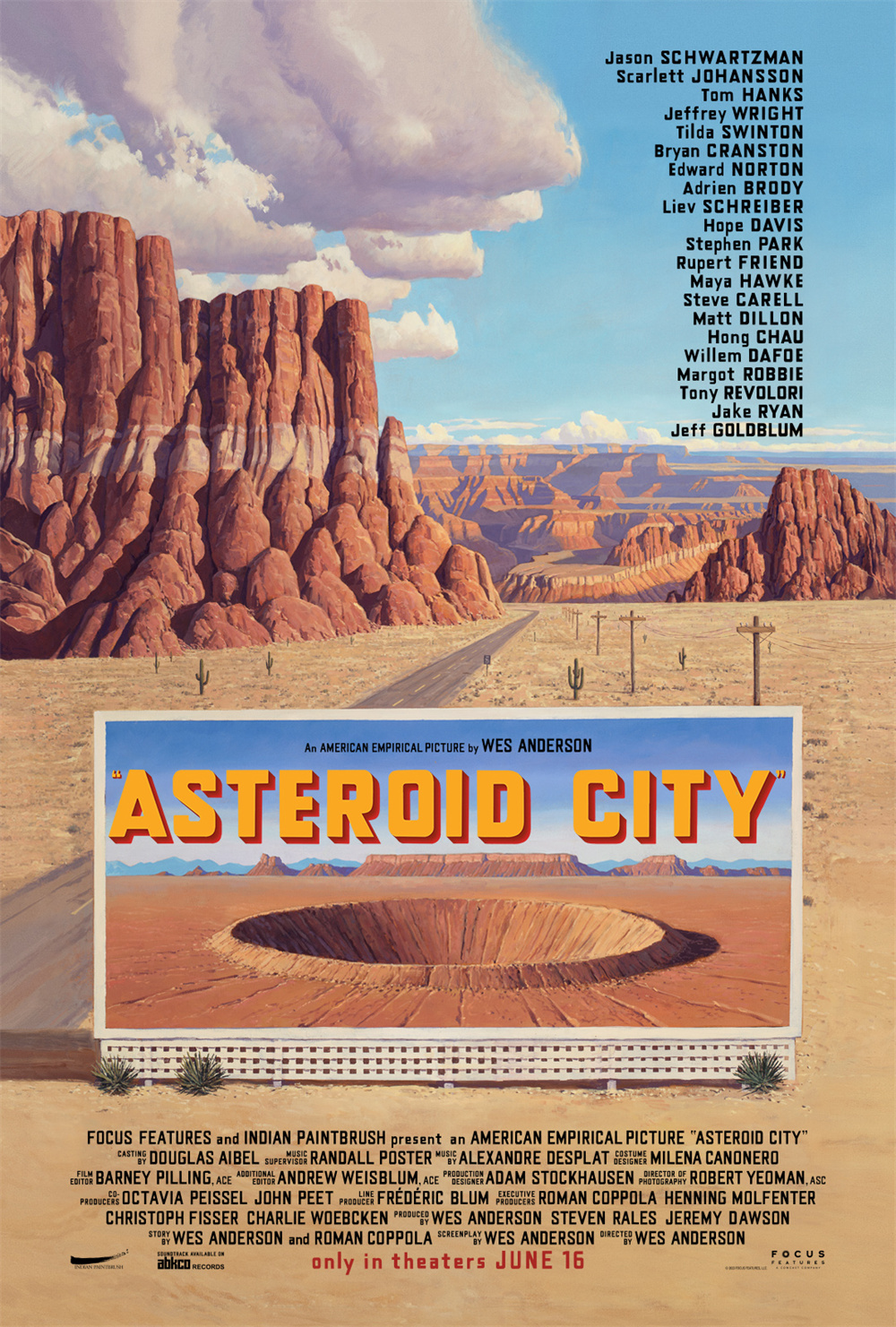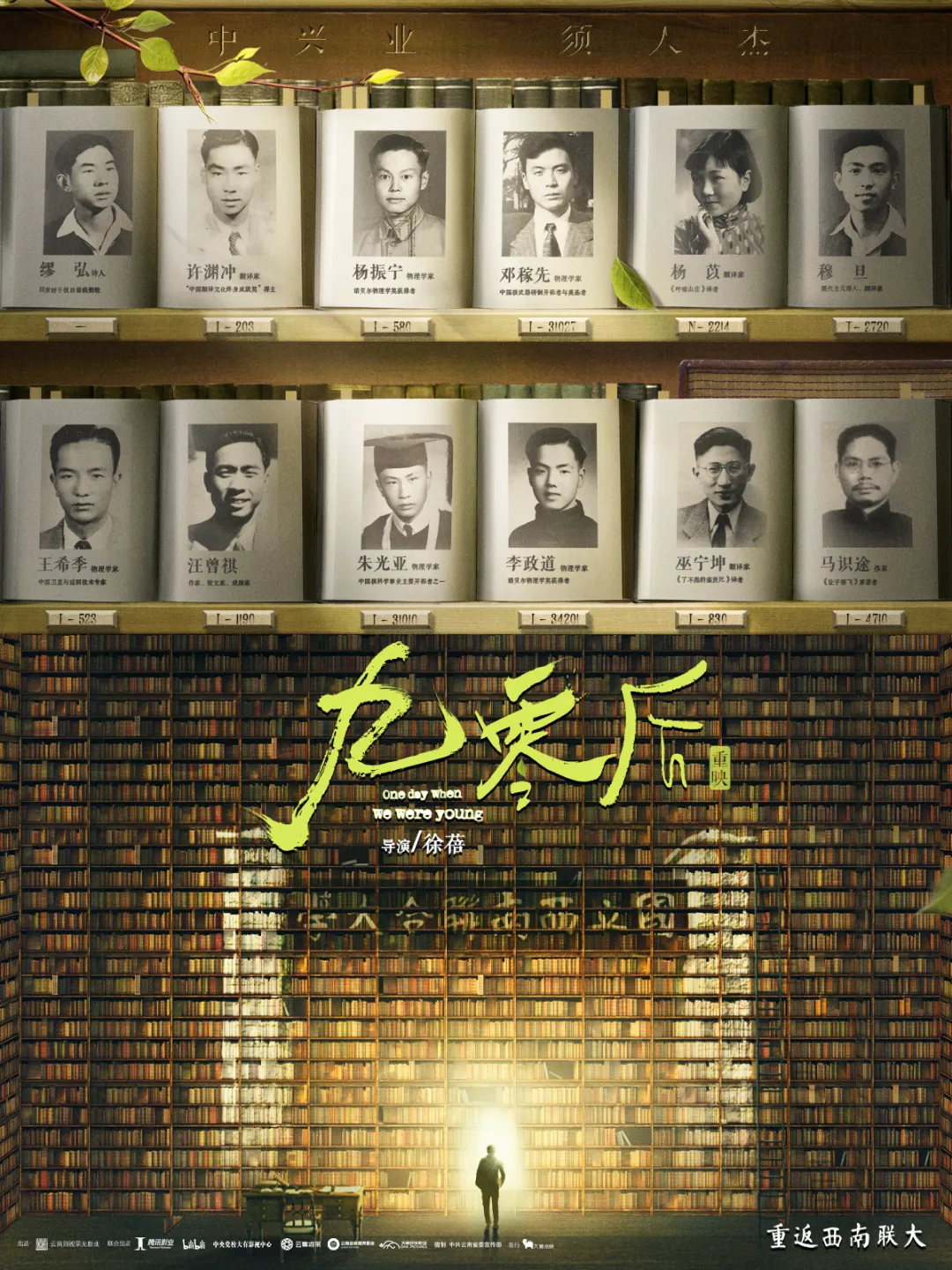
With the full popularity of digital movies, traditional movie film has almost gradually faded out of our sight. At the end of March, the Shanghai Science and Technology Museum was temporarily closed for renovation. The traditional film IMAX projectors in the science and technology cinema in the museum also took this opportunity to bid farewell to the audience. There are not many opportunities. This is true in Shanghai, it is true in China, and it is true almost everywhere in the world. Fewer and fewer theaters are still insisting on showing films on film, and even fewer directors are still insisting on shooting new films on film rather than digital format.

Shanghai Science and Technology Museum IMAX Giant Screen Cinema Screening Room. The picture is from the WeChat public account of "Shanghai Science and Technology Museum".
Recently, the ninety-year-old British director John Boorman wrote a letter to the British "Guardian", bluntly saying that since the popular film (film) no longer uses traditional film (film) as a carrier, it should not Call it a "movie" again!
Born in 1933, John Bowman has been in the industry for 60 years. He is famous in the film industry for such works as "Frightened by Every Step" (1967), "Four Riders" (1972) and "Hope and Glory" (1987) , was also awarded the title of British Royal Knight last year. In his opinion, in the history of more than a hundred years since the birth of film, it has actually existed as a film (film), "but today, what is inserted into the camera body is no longer a traditional film box. , and become a memory card that digitally records the contents of the lens. That is to say, most of the so-called films (film) are actually shot digitally, from shooting to editing to screening, There’s no such thing as a film. So it can’t — or shouldn’t — be called a film.”
"Of course, there are still a few directors, such as Spielberg, who still insist on using celluloid film to shoot new films, but there are very few new celluloid films produced every year, which makes them even if they want to continue to shoot. Film films will also become quite difficult. Moreover, after the shooting is finished, there are very few places that can be responsible for developing and printing film. In addition, the cost of film is much higher than that of memory cards; digital photography is almost There is no additional cost, a memory card is enough for you to shoot as long as you want.”
"As for the people who watch it? Those of us who have been using film all our lives can naturally tell at a glance whether a movie was made on film or not. But for the general public, when film film disappears, it disappears. No one cares. After reading this, some people may think that I am making a fuss. After all, apart from cost considerations, digital replaces film. If you get dusty, you don't have to worry about hair getting into the film door by accident. In short, those of us old guys who are still clinging to the film are numbered; it won't be long , Future film editors may work for a lifetime without ever seeing a single film.”
Back in 1974, John Bowman wrote and directed a dystopian science fiction film "Zardoz" (Zardoz), starring Sean Connery and Charlotte Rampling. The earth and the fate of mankind in his fantasy year 2293. As the film draws to a close, accompanied by the melody of Beethoven's Symphony No. 7, the hero and heroine hold hands and grow old together until they become two bones of the dead. In just a few tens of seconds, he ended half of his life. In the 1970s when digital special effects were not yet born, when John Bowman and his team filmed this scene, they used to take out the film after shooting a group of pictures, draw special effects directly on the film, and then put the film back into the camera During the process, continue to shoot, repeating this special process several times.

The last scene of "Saddus" was presented by drawing special effects directly on the film.
"It took us all day, and halfway through the shoot, the camera assistant accidentally exposed the film, so we had to start all over again the next day. For this, Sean Connery killed the The assistant has a heart, and it took me a lot of effort to persuade him. After the filming, the camera assistant changed his name and surname and moved to live in Los Angeles. After many years, I When I went to Los Angeles, I ran into him in a coffee shop. 'Is Sean coming too?' he asked me tremblingly."
Despite this, John Bowman still prefers film, "Compared with digital movies, films shot on film are softer and more human-like. Digital movies look more garish and feel more machine-like. Therefore , In the photography style options of the Apple mobile phone, the item called cinematic, according to Apple’s official statement, it chooses the similar feeling of old-fashioned film movies.”
"All in all, no matter how reluctantly, I also know that this is the general trend. But what I want to say is that it is a matter of name and truth. Now that film (film) is no longer used, it should not be used anymore. Call them films, but Movies."
It is true that, as John Bowman said, film is in decline today, but the "movie" that lives up to its name has not disappeared either. Just this year, there are quite a few new films known to be shot on traditional film. Including Christopher Nolan's "Oppenheimer", Martin Scorsese's "Killers of the Flower Moon", Bradley Cooper's self-written, directed and starred "Master Music", Wes Anderson was shortlisted for Cannes Including "Asteroid City" in the main competition unit, "Poor Thing" by Yorgos Lanthimos, plus the already released "Visiting the Cabin", "Quaid 3" and "Master Con", the total total There will be as many as fifty or sixty Hollywood movies a year, shot on 35mm or even 16mm film. Whether or not "The Movie" should be renamed does not seem to be such an urgent issue.

"Oppenheimer" poster

"Killers of the Flower Moon" poster

Asteroid City poster


